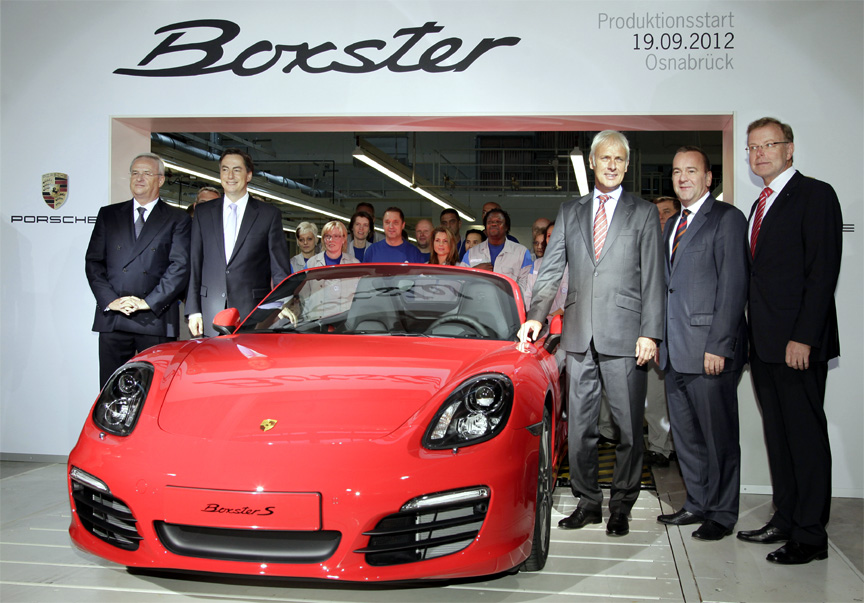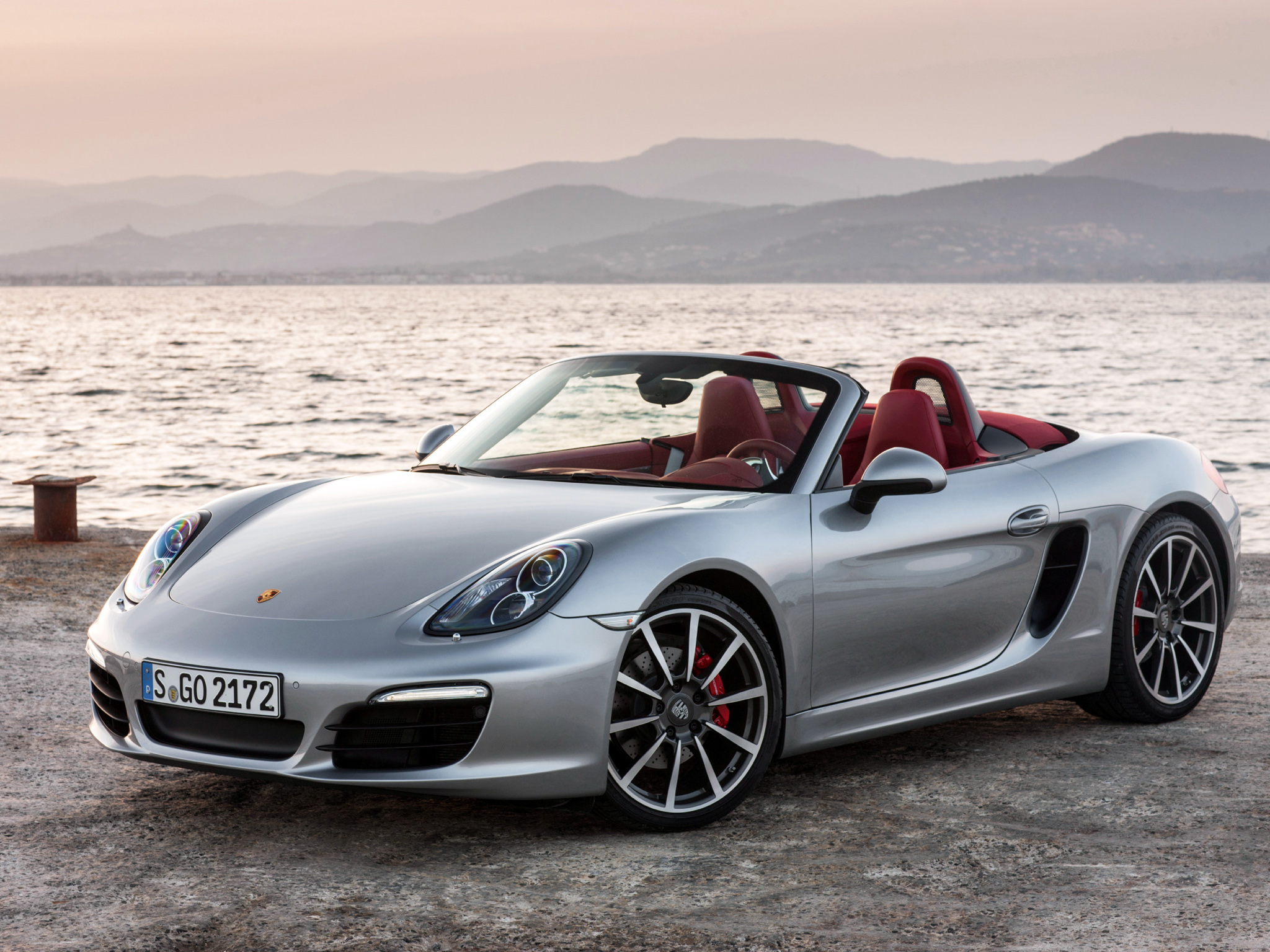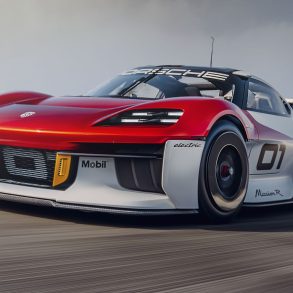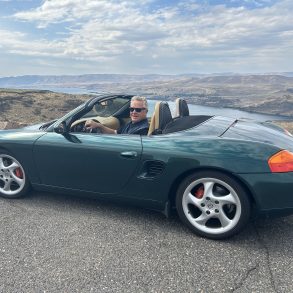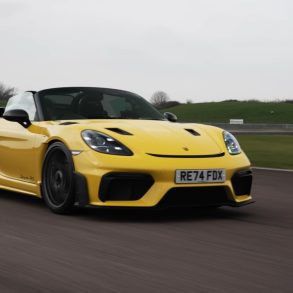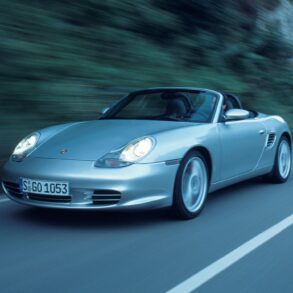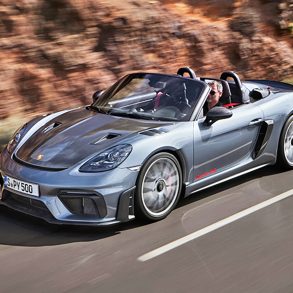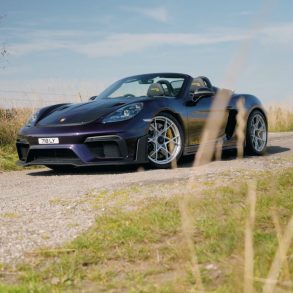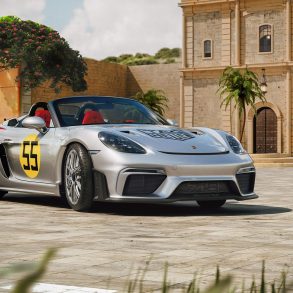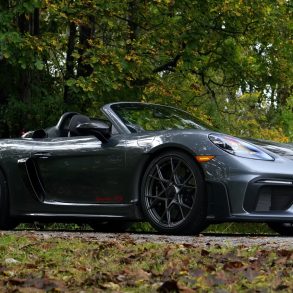3rd Generation Porsche Boxster (981) Story & History
Boxster 981 (2013 – 2016)
Official photos: 2012 January 12, GTS 2014 March 19 / Premiere: 2012 March 6 at Geneva motor show, GTS 2014 April 20 at Auto China in Beijing / Market launch: 2012 April 14 (as a 2013 model), GTS 2014 May
Never before in the history of the Boxster was the change of the generation so comprehensive. Compared to the previous 987.2 generation, the 981 got lower weight (minus 25-35 kg/55-77 lb depending on the modification), is longer (+1.3″/32 mm), has much longer wheelbase (2.4″/+60 mm) and is lower (-0.4″/10 mm). Width is the only dimension that stayed exactly the same. The engine in the Boxster S is basically the same 3.4-litre unit that was in the 987.2 Boxster S, just with +4 kW, but the engine in the standard Boxster was again a 2.7-litre unit compared to the 2.9-litre in the 987.2. Still, the power was increased by +7 kW.
With the comparable equipment level (2-zone AC, seats, interior surveillance), the Boxster S was 39% cheaper than the 991 Carrera Cabriolet. 2-door Porsche rear seats are expensive.
Manual gearbox or PDK?
The PDK gearbox adds significant weight to the car, but with its 7 speeds it is almost as fast on the race track as the manual one. The engagement, and therefore the fun factor, is naturally lower with the PDK compared to the manual gearbox. You would expect the PDK serve better in the city traffic, but actually it is a bit unresponsive as the PDK-equipped cars are programmed to use very low engine revolutions. To overcome the laziness, you have to activate the Sport-regime every time you start the engine. Then again, don’t expect the car to emit less CO2 than the manual one. The lower CO2 figures with the PDK are achieved with driving style not typical to the Porsche driver. With natural driving style, there is no benefits regarding the CO2 emissions. To use the technology of the PDK to the full on the race track, you have to specify the car with the Sport Chrono package. Not because of the silly stop watch on the dashboard, but because of the Sport Plus button which makes the car fast almost in anybody’s hands in the fully automatic mode. The Sport Chrono package is also needed to get the Launch Control function.
The gear changes with the PDK are eyeblink-quick when you change one gear at the time. If, for example, you want to change from 4th to 2nd, the gear change takes time as the gears are on the same shaft and the power must first be shifted to the other shaft before the gear change can be carried out.
Interestingly, the official acceleration figures with manual gearbox vs. PDK are not comparable because they are measured from the moment the car starts to move and not from the moment the start is given in the drag race. The acceleration from standstill with the PDK without launch control is comparable to the previous Tiptronic cars, so considerably weaker than with the manual gearbox. If, for example, you use the PDK in the drag race and you have activated the Launch Control, you have a dilemma, if to start accelerating immediately not to wear the clutch or to wait for the green light and cause wear to the clutch.
Boxster Spyder
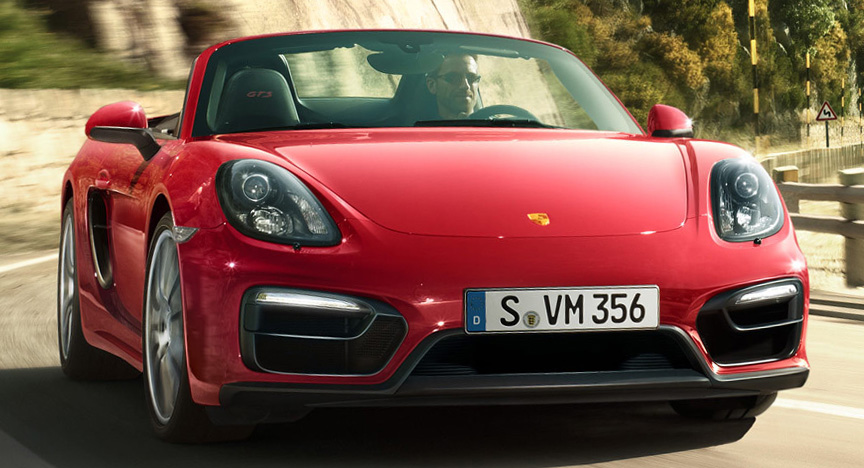
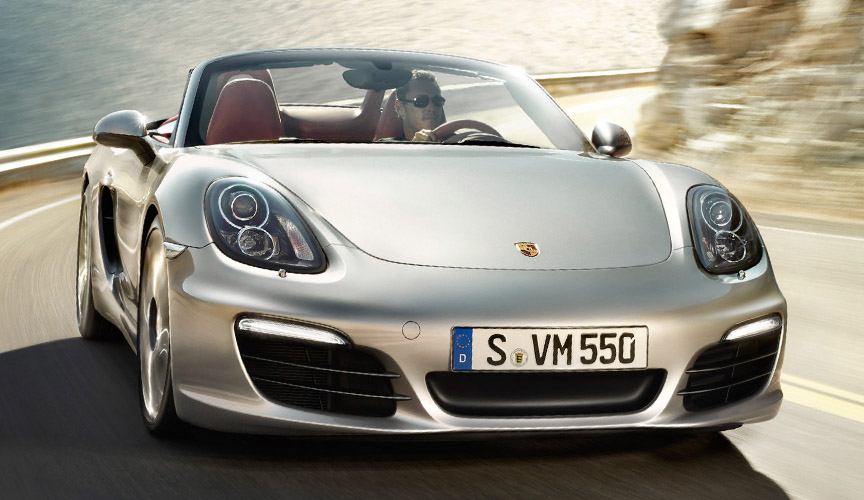
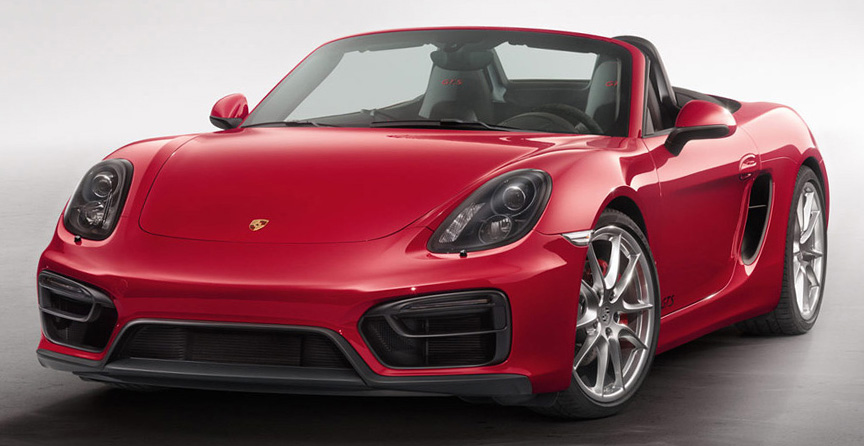

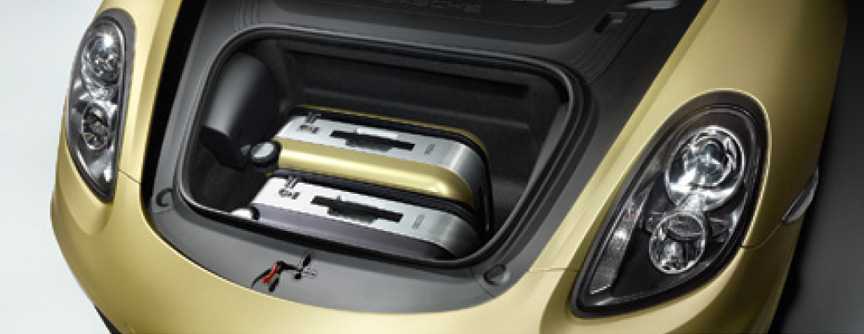
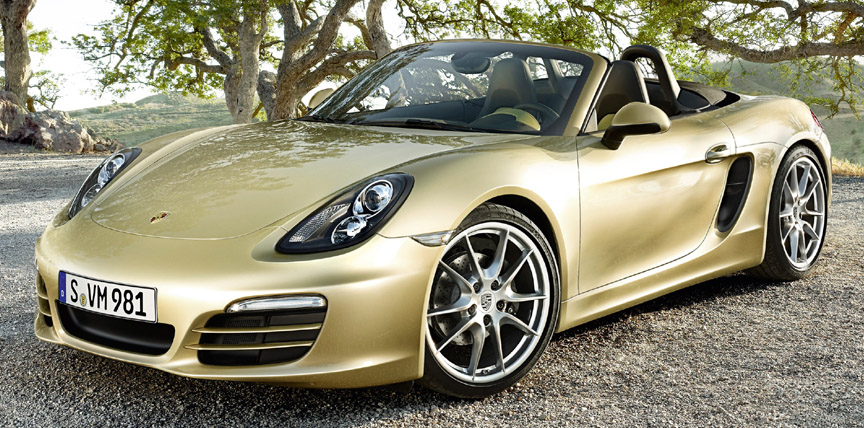
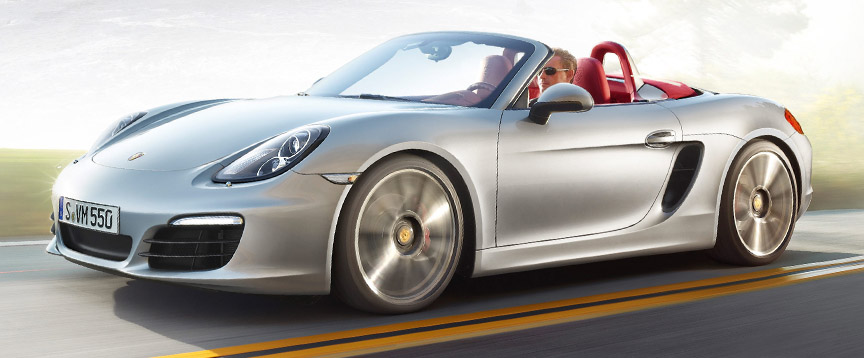
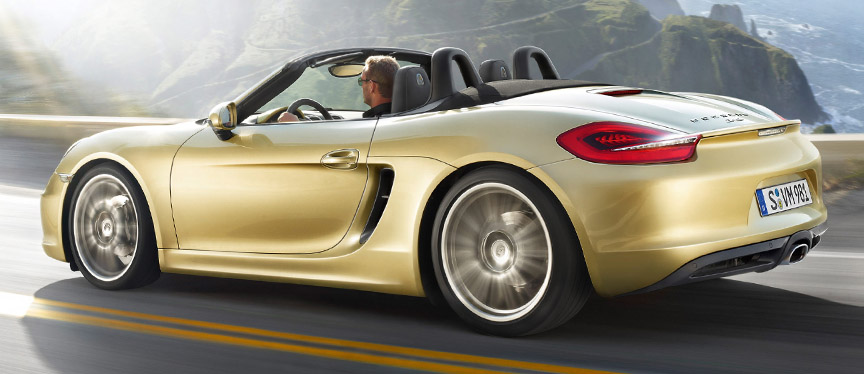
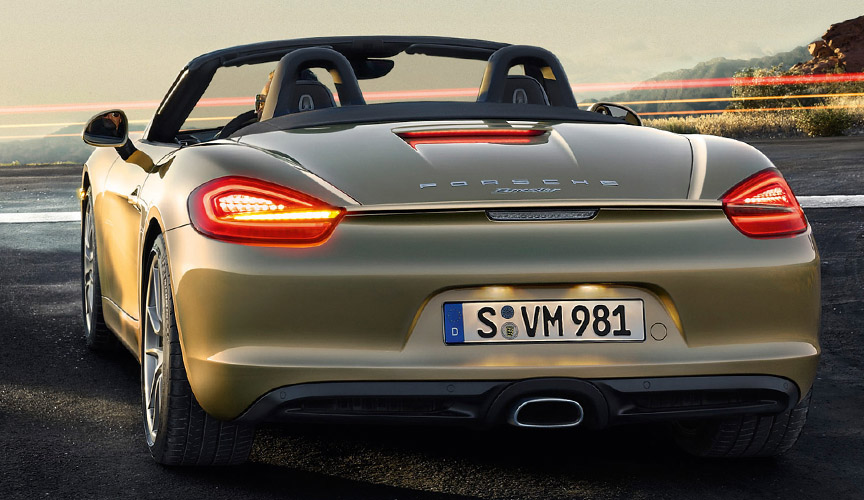

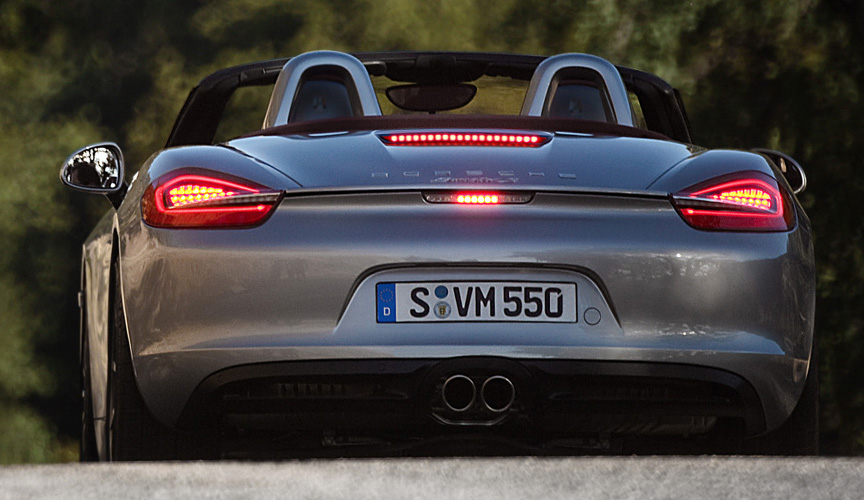
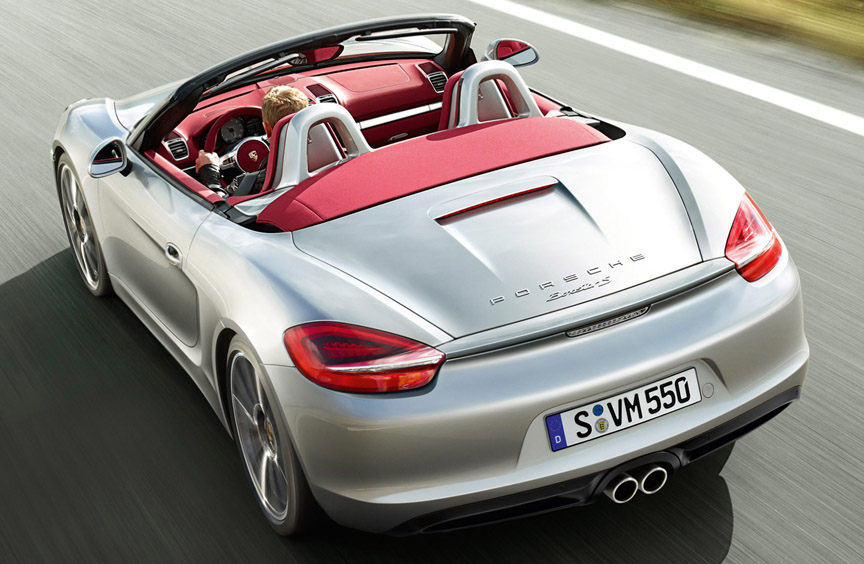
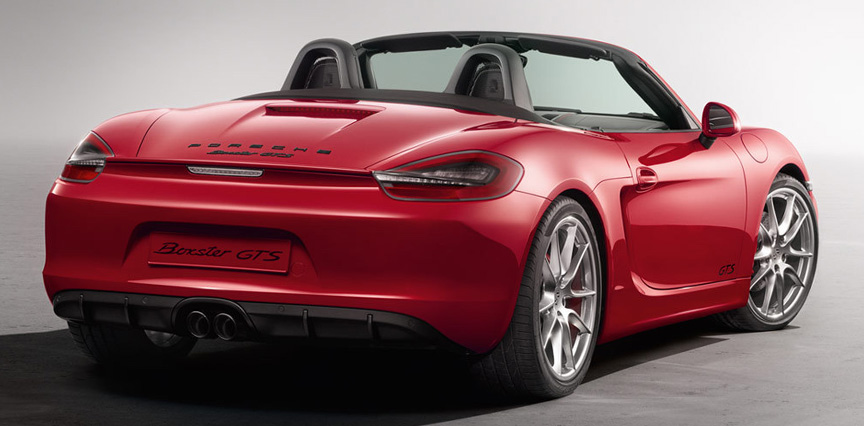
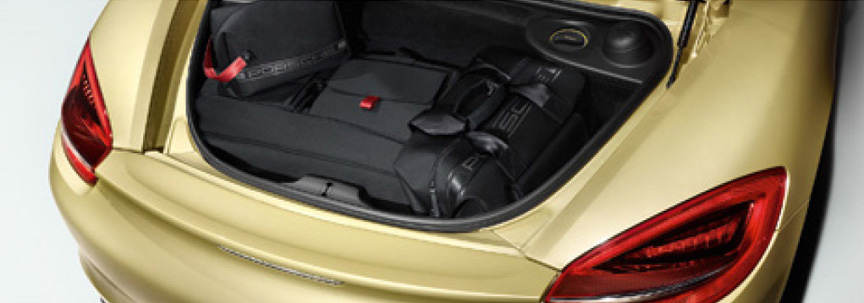
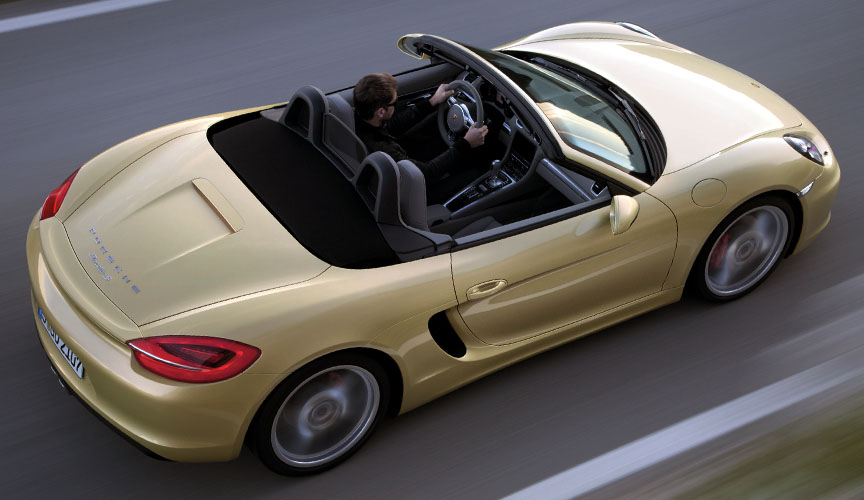
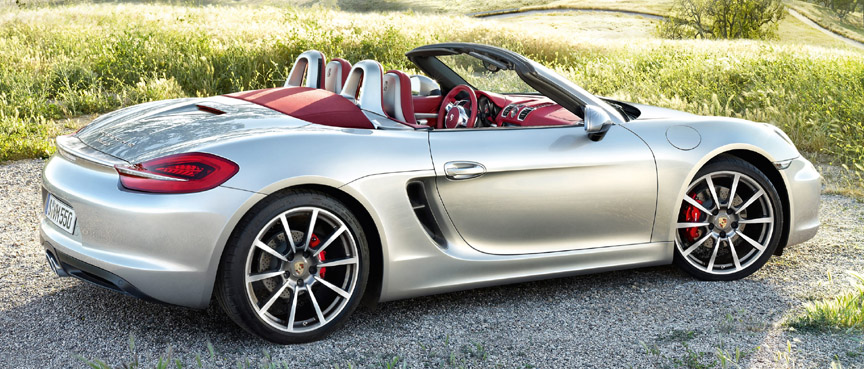
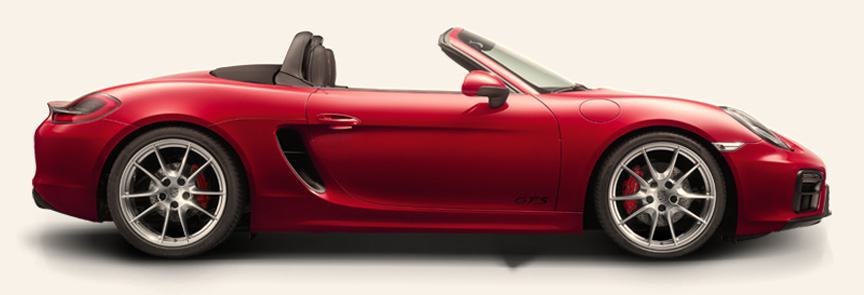

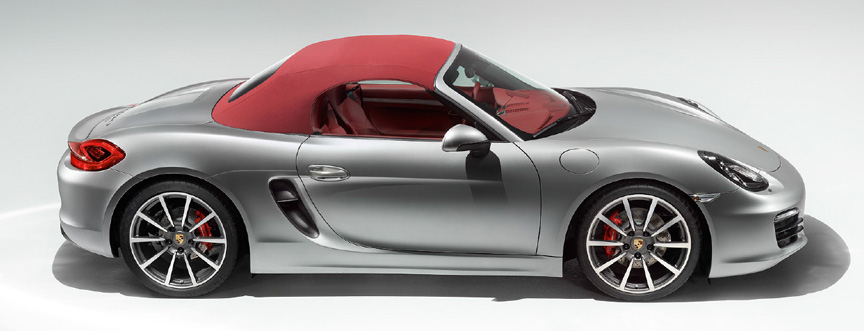
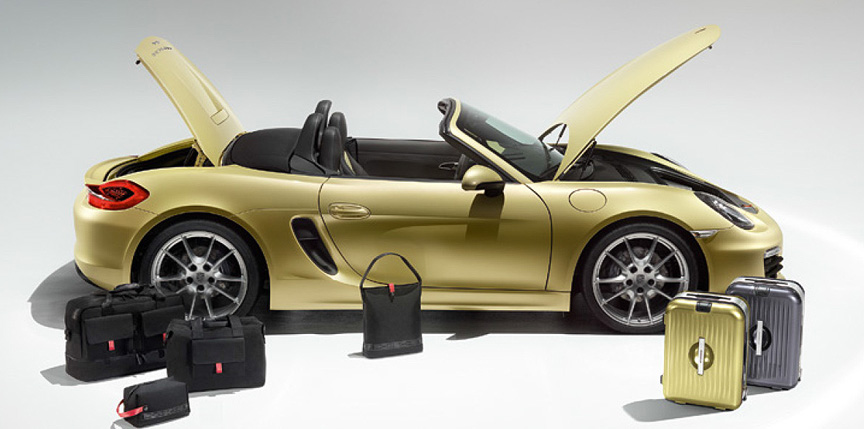
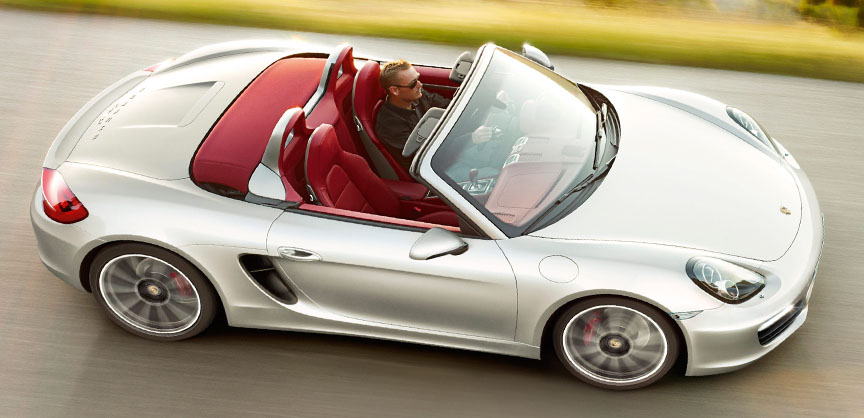

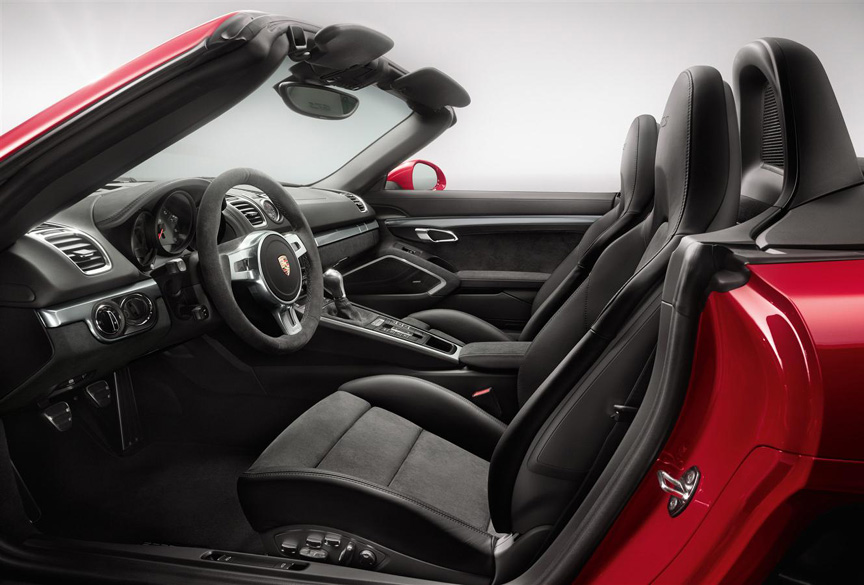
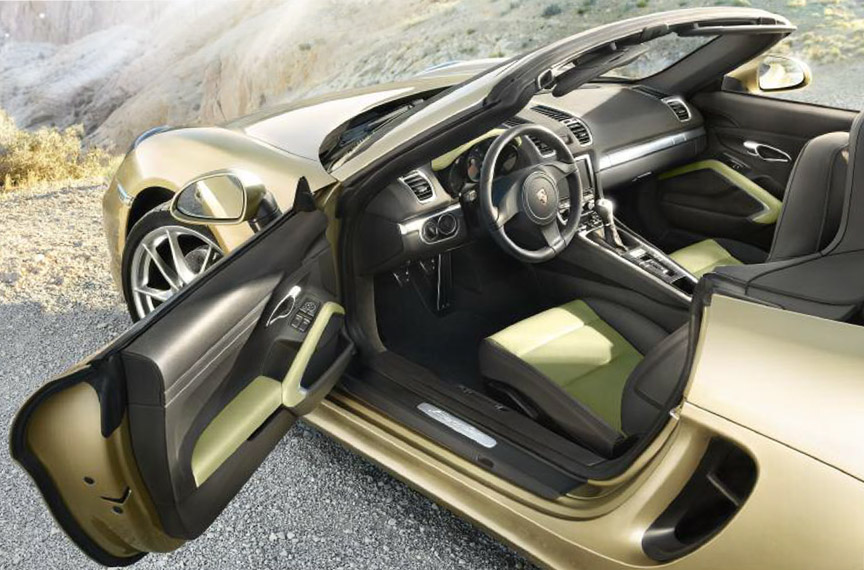
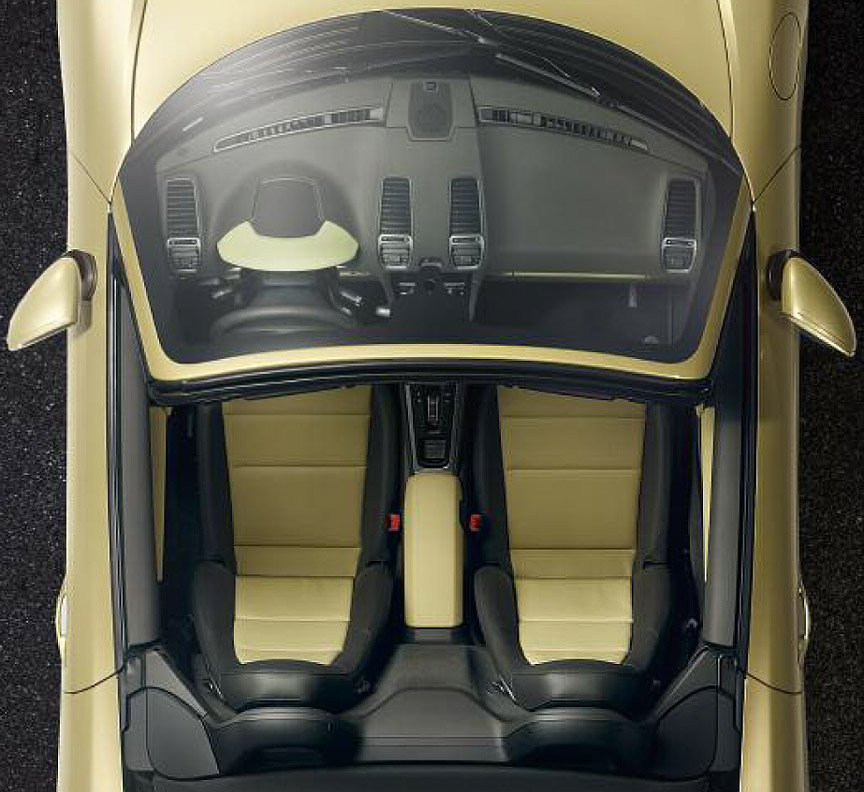
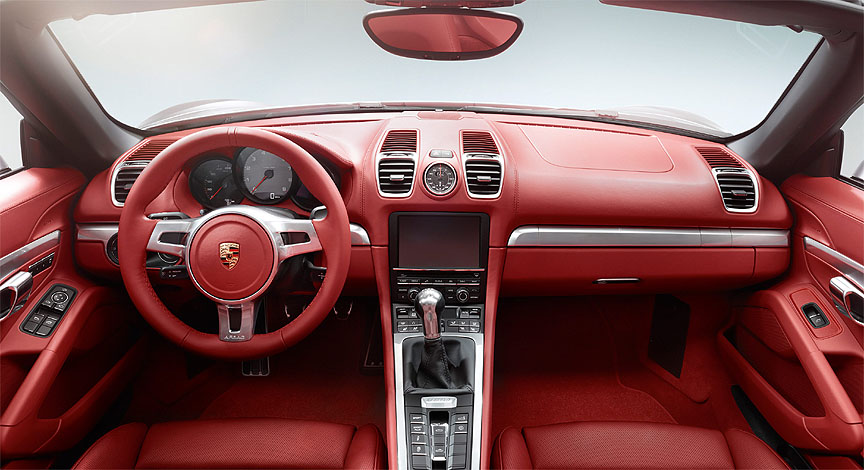

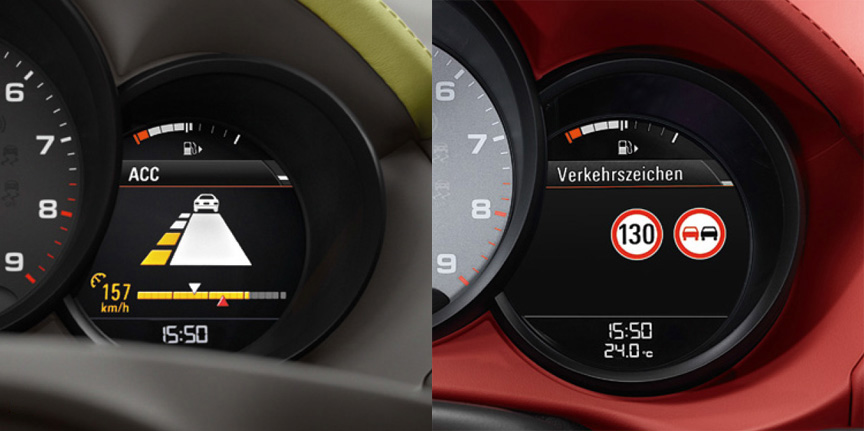
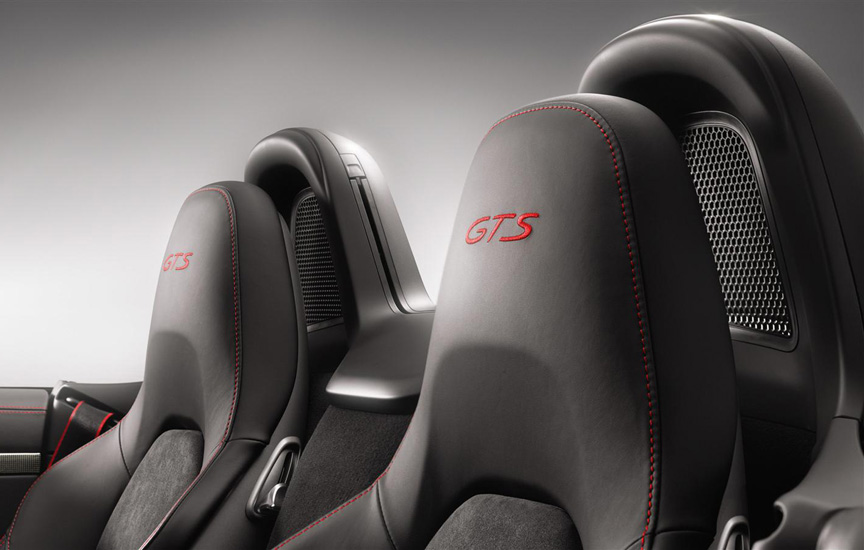
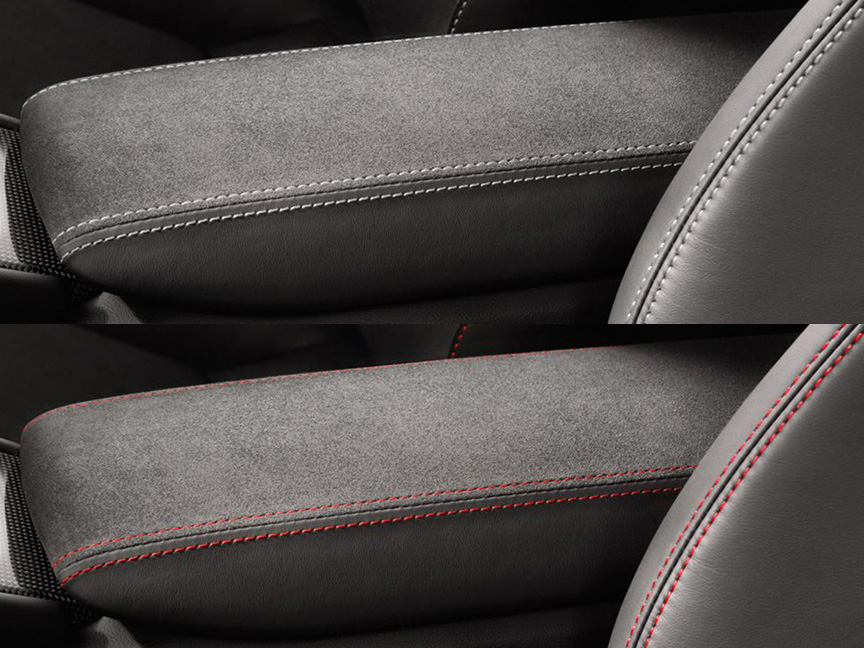
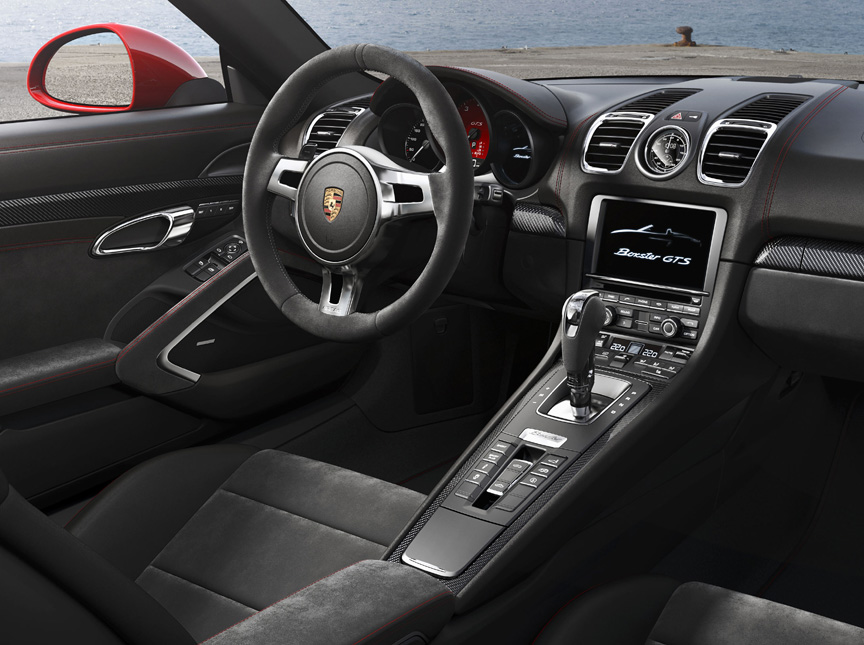
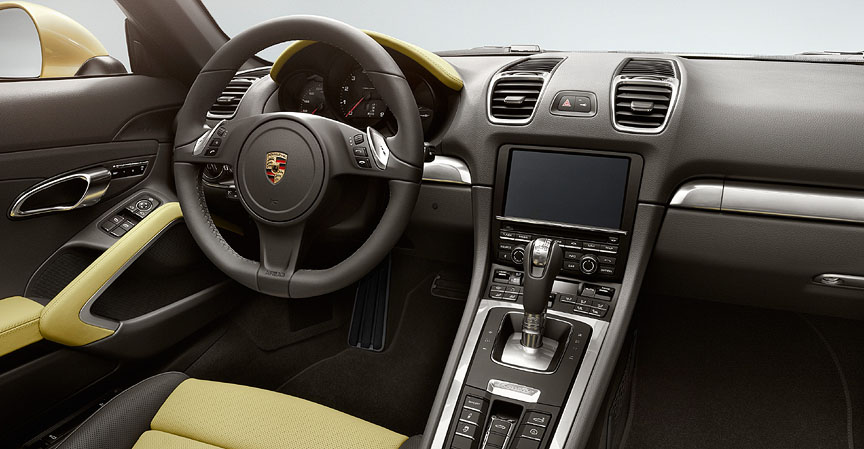
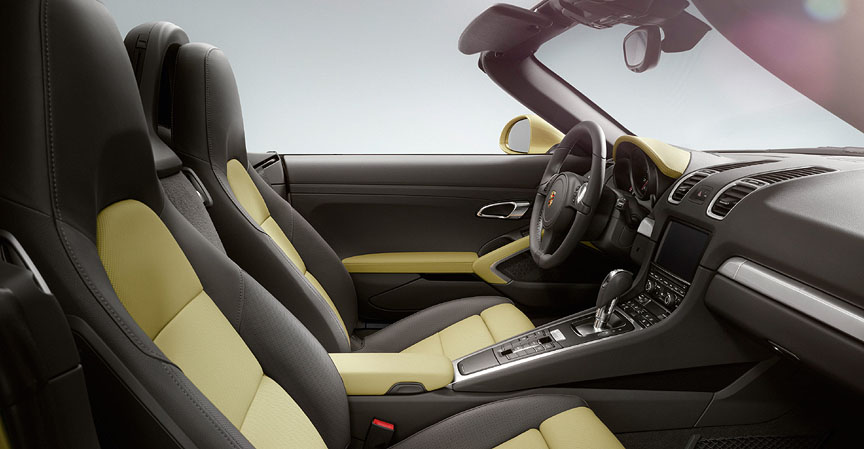
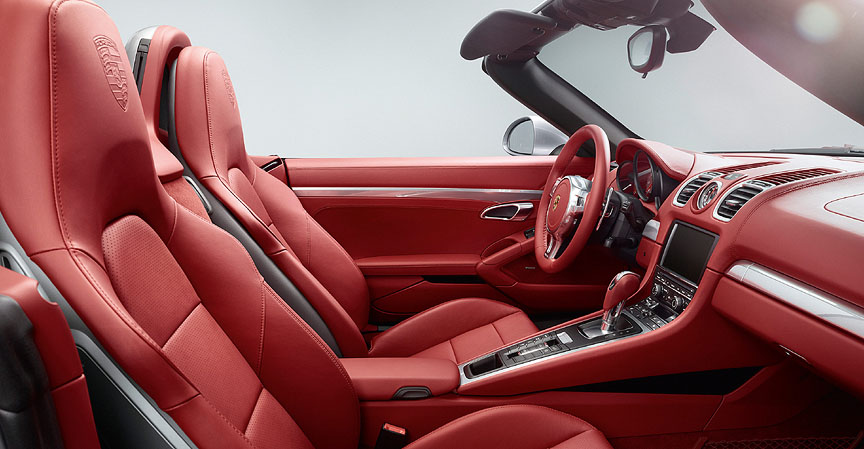
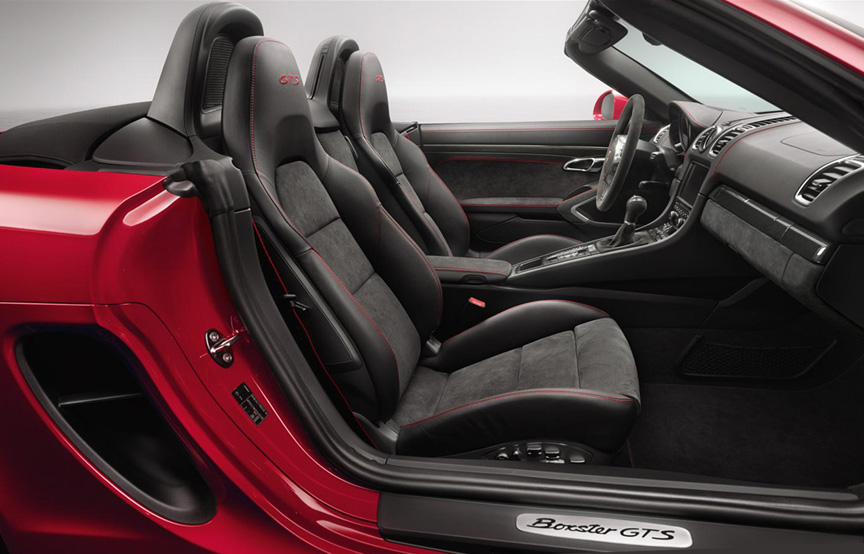
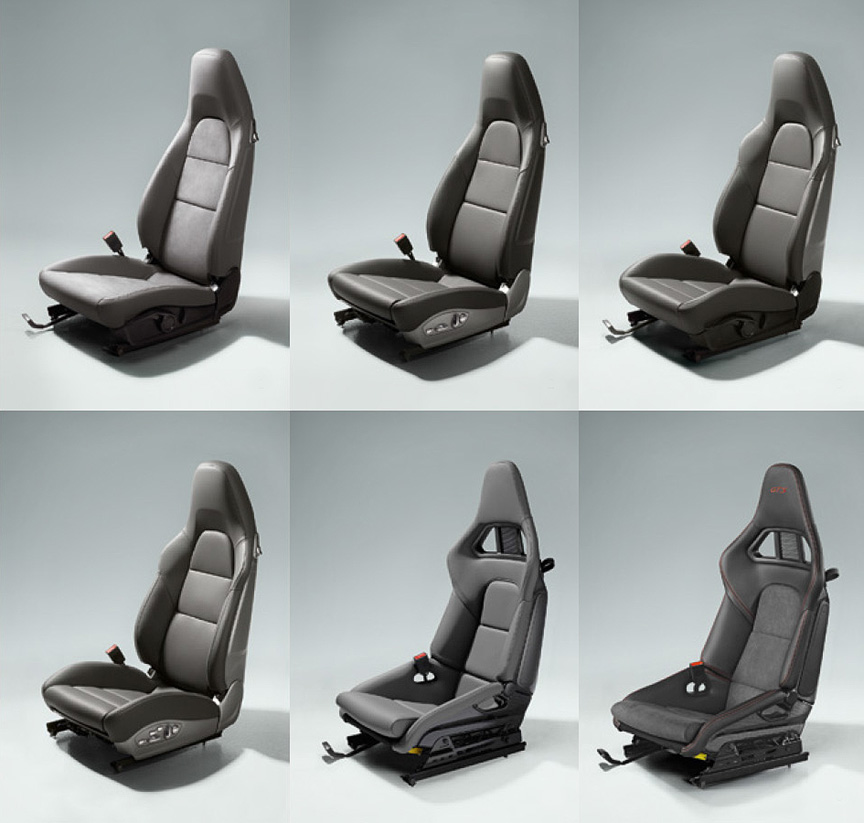
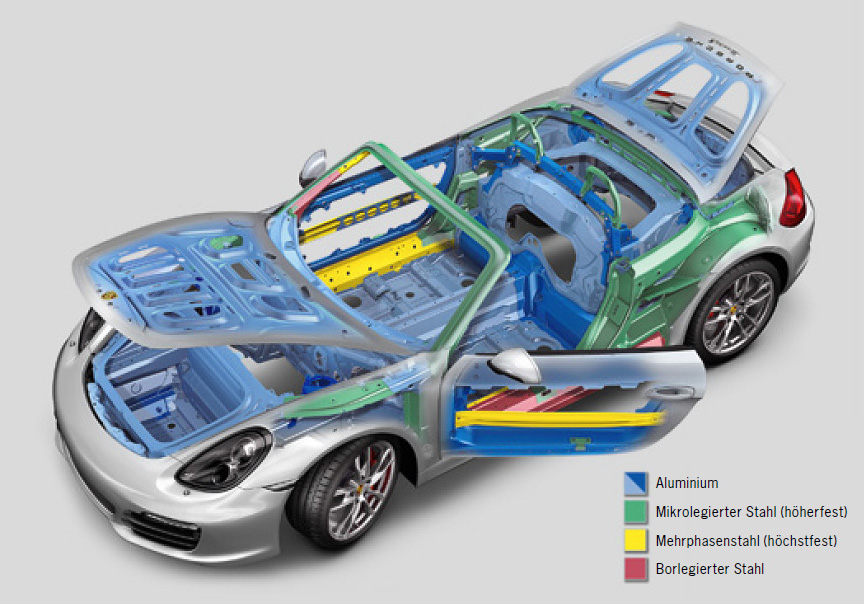
Production locations
The Boxster 981 production started in Porsche’s main factory in Stuttgart in the beginning of 2012, with Volkswagen Osnabrück GmbH supplying the rear and side parts for the cars. On September 19, 2012, the production was also started in Osnabrück at the ex-Karmann factory to have more production capacity for the 911 in Stuttgart. In Osnabrück, a small plant was opened already in March 2011 for VW Golf Cabriolet production and the 981-series Porsches, the Boxster and the Cayman, were also made there. This was not the first time that vehicles were produced for Porsche in Osnabrück. For example, in the 1960s 356 Hardtop Coupé bodies were made there, 1969-1975 914 was produced and in the 1990s the 968 bodies were made.
Before the 981-generation, the Boxsters and the Caymans were produced at the Valmet Automotive factory in Uusikaupunki, Finland. Initially, the 981 production was agreed with Magna Steyr car factory in Graz, Austria, but after Porsche’s takeover by Volkswagen, the most suitable VW plant was naturally chosen.
